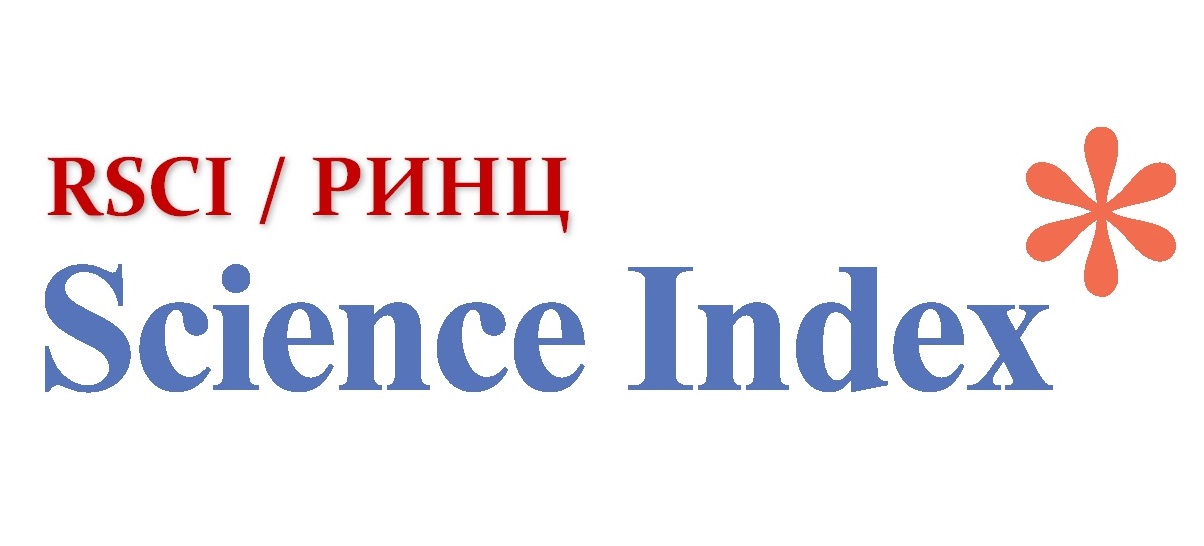Modern trends in the development of cement production
Views: 211 / PDF downloads: 83
DOI:
https://doi.org/10.32523/2616-7263-2025-151-2-38-58Keywords:
zinc ore Waelz clinker, clinker burning, waste, low-energy technologies, composite cement, clay shaleAbstract
The modern trends in the development of cement process technologies include: high individual production line capacity reaching 12.000 tons of clinker per day, informatization, digitalization of production management, intellectualization of cement equipment operations, the use of artificial intelligence, widespread use of industrial waste, alternative fuels, energy-saving production processes, and reduction of carbon dioxide emissions.
The paper examines the possibilities of using industrial waste as raw materials for producing low-temperature clinkers and mineral additives in composite cements in order to reduce CO2 emissions.
Low-energy compositions of raw mixtures for clinker production have been developed, which include coal mining waste, lead slag, tephrite-basalt, and clinker from the agglomeration of zinc ores. In these raw mixtures, waste replaces up to 20-25% of natural raw materials, allows clinker formation to complete at 1300–1350°C, increases kiln productivity, and reduces carbon dioxide emissions into the atmosphere by 15-20%. Burnt clay shales from the Betpakdala and Kuyuk deposits were studied as active mineral additives in composite cements to reduce the clinker component, reduce carbon dioxide emissions into the atmosphere, and improve the environmental situation. The processes of shale burning were studied, and the activity of mineral additives was determined depending on the heat treatment temperature. Composite cements with active mineral additives of up to 15% by weight were obtained.







